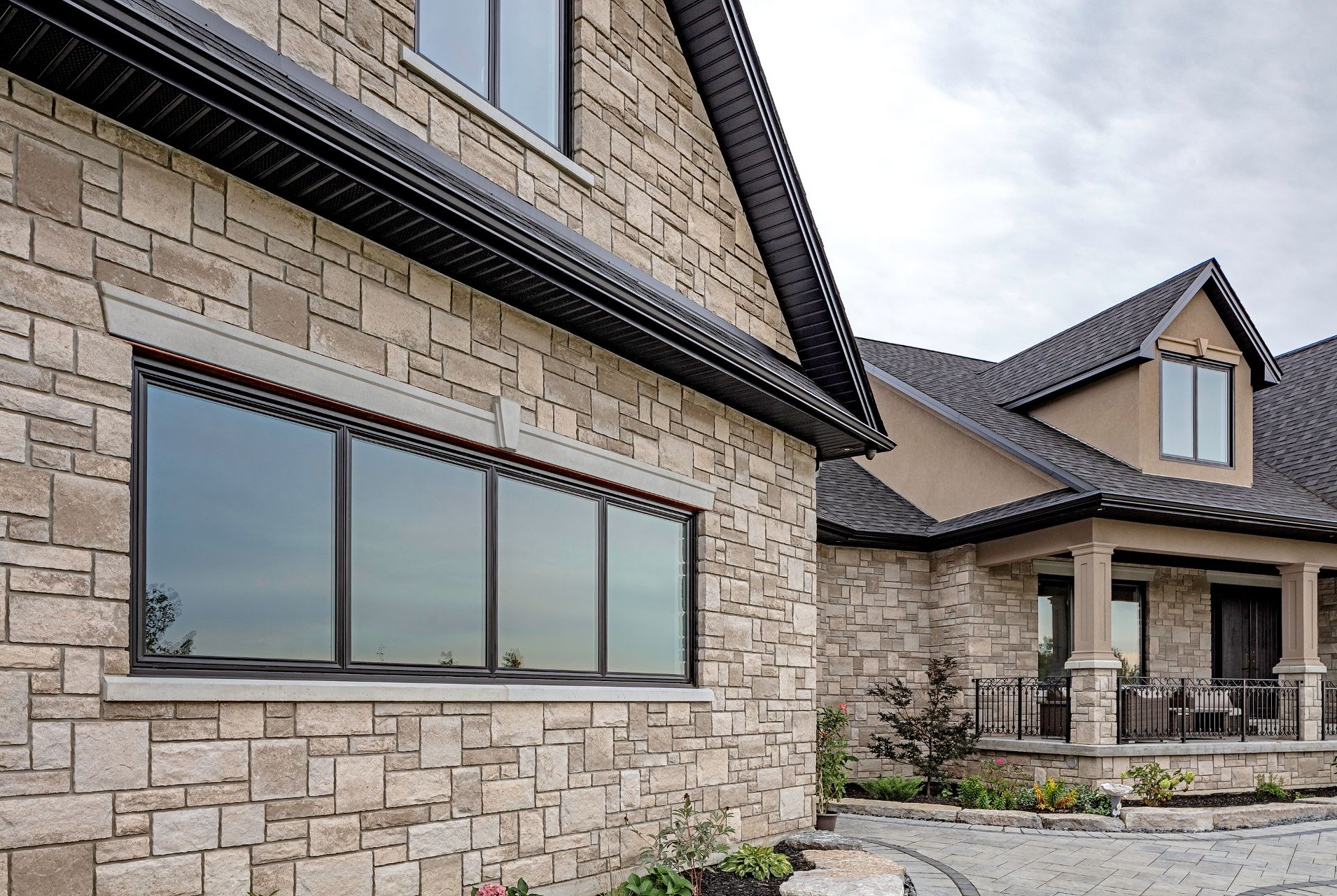
Window Styles & Comparisons
What Is A Dormer Window? A Complete Guide!
Ever noticed a charming little window peeking out from a roofline? That's a dormer window–and it does more than just enhance curb appeal!
Dormer windows are architectural features that extend vertically from a sloping roof. This design provides extra space and natural light, all while letting in fresh air.
Whether you're hoping to transform a dark attic into a cozy retreat or simply increase your home's value, it's undoubtedly a great idea to install dormer windows!
So, if you want to learn more about various types of dormer windows, their benefits and disadvantages, as well as how much this home upgrade could cost, read on!
Key Takeaways
- By projecting vertically from sloped roofs, dormers create additional headroom, increase usable floor area, and introduce natural light and ventilation to upper-level spaces like attics and lofts.
- Dormer styles range from gabled and shed to eyebrow and hipped, each offering distinct aesthetic and functional advantages that suit various home designs.
- The type of window installed in a dormer, such as casement, double-hung, or awning, affects airflow, energy efficiency, and appearance, making it a key decision in the design process.
- Dormers don’t just improve interiors; they also enhance the roofline and the home's exterior charm, which can positively impact resale value.
What Is a Dormer Window?
Dormer windows are roofed structures with windows that project from a sloping roof. In simpler words, dormer structures have their own roofs. They are usually installed in attics or lofts to create more usable space, increase headroom, and introduce more light and ventilation, as well as increase home value.
The term dormer originates from the Middle French word dormeor, which means sleeping room, illustrating historical use of these structures in illuminating attic bedrooms. These structures were of great significance in French and British architecture. They were first used in residential architecture in the 16th century, having been popularized by François Mansart, a French architect who used dormers in many mansard roofs he designed for Paris in the 17th century.
There are different dormer window styles, which we'll discuss below!
Gabled Dormers
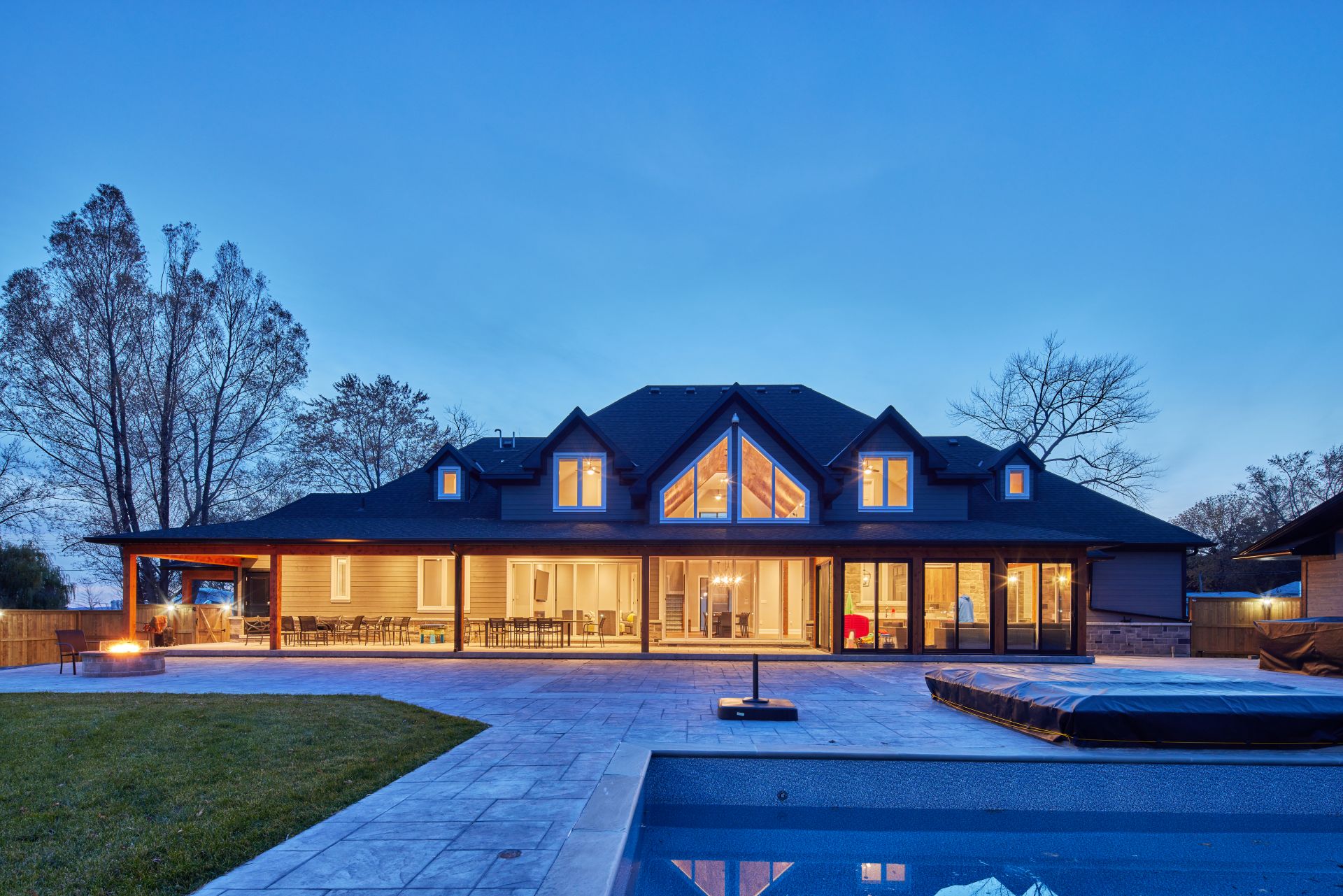
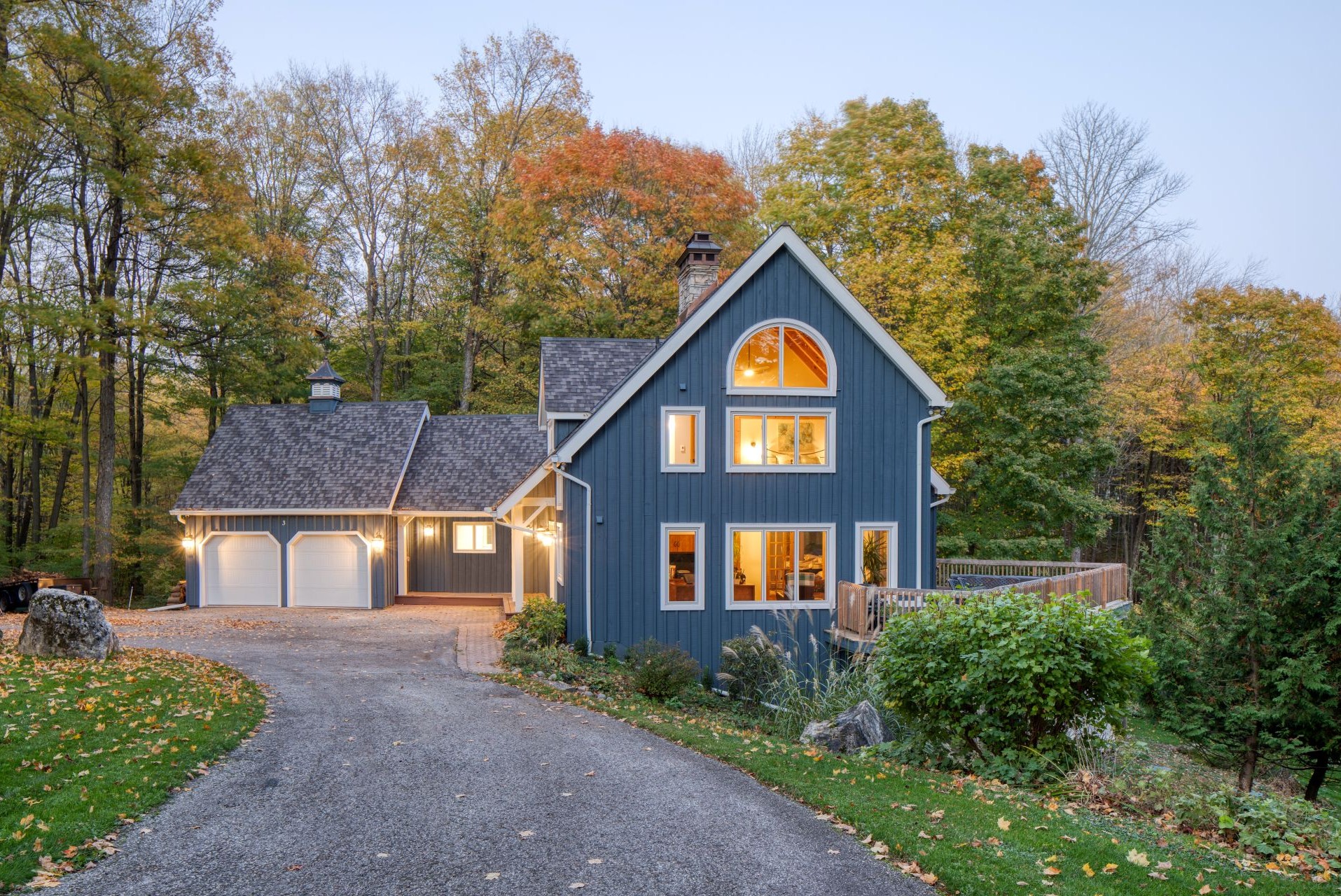
The gabled dormer window is perhaps the most recognized type of dormer window. It has a pitched roof with two sloping planes, forming a triangular section above a single window. Because of its design, the gabled dormer is also known as the dog-house dormer.
Many homeowners choose gabled dormers because they feature a relatively straightforward structure that is easy to install. Moreover, when designed wisely, gabled dormers can be incorporated into almost any architectural design.
In addition, given their structure, gabled dormers provide plenty of additional living space in the attic. Depending on how large the windows are, they can also let in plenty of natural light, brightening up the space.
Shed Dormers
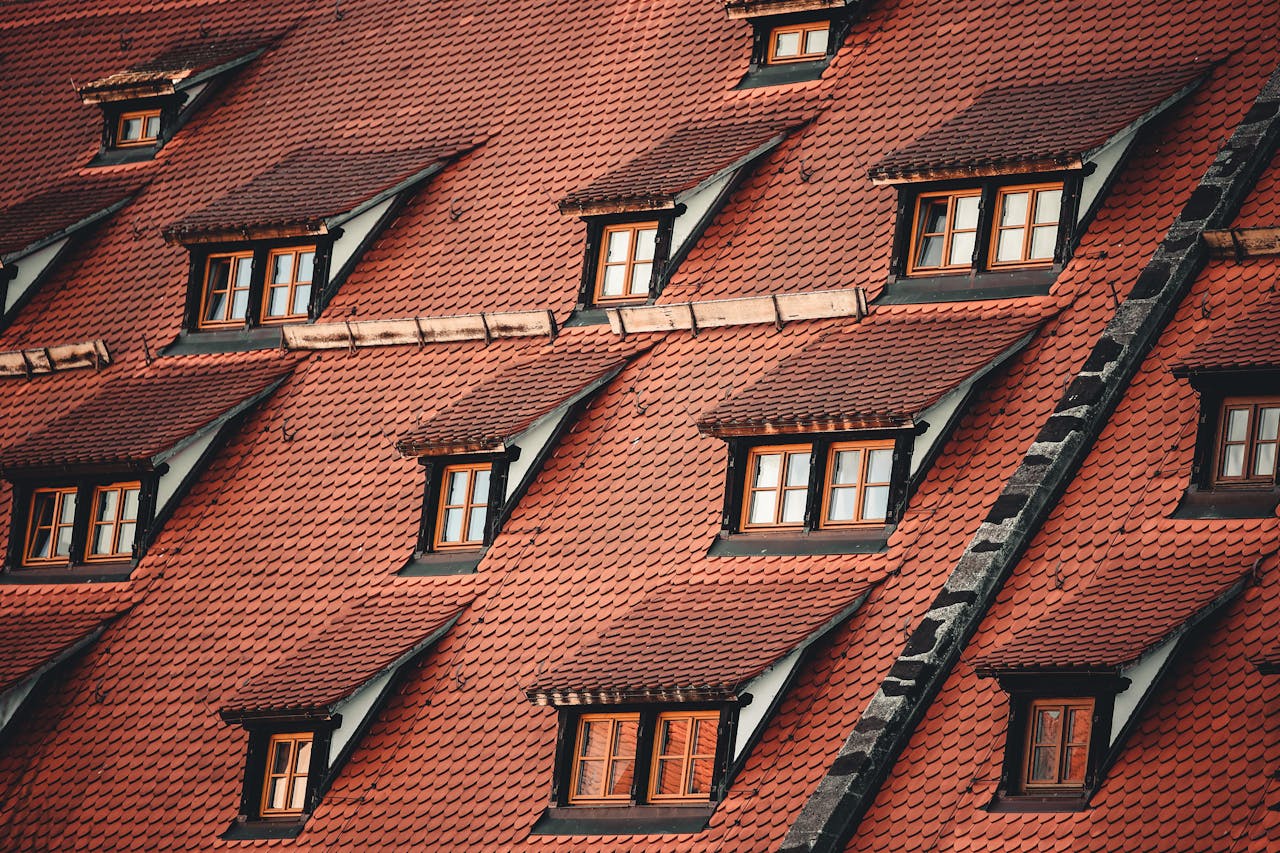
A shed dormer has a flat roof, but it is slightly sloped in the same direction as the main roof, at a shallower angle. This way, shed dormers blend seamlessly into the overall home design.
Moreover, because of their distinctive dormer roof structure, shed dormers provide more headroom than gabled dormers. This makes them perfect for loft conversions or any project aimed at increasing the functionality of upper-level spaces.
Shed dormers are most commonly used in contemporary homes or those featuring a Craftsman architectural style.
Hipped Dormers
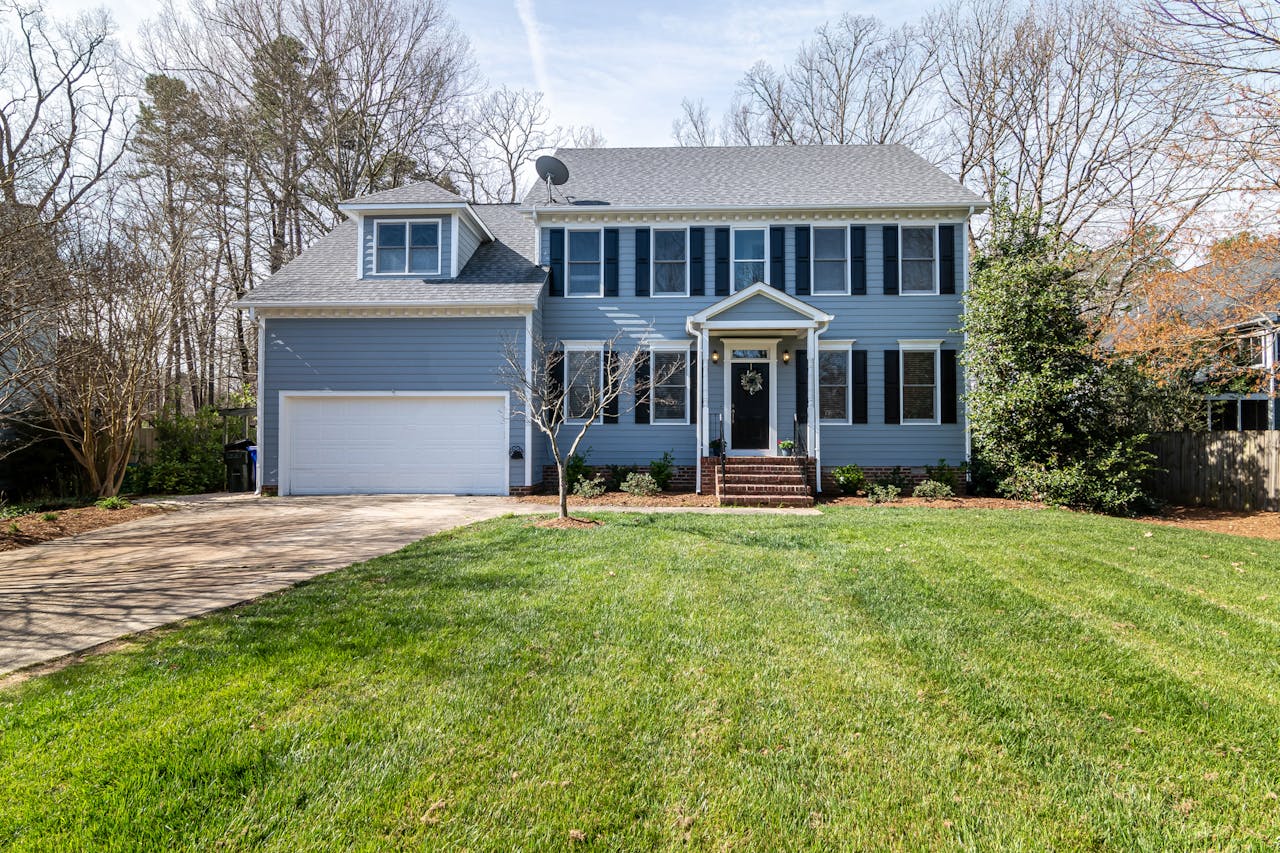
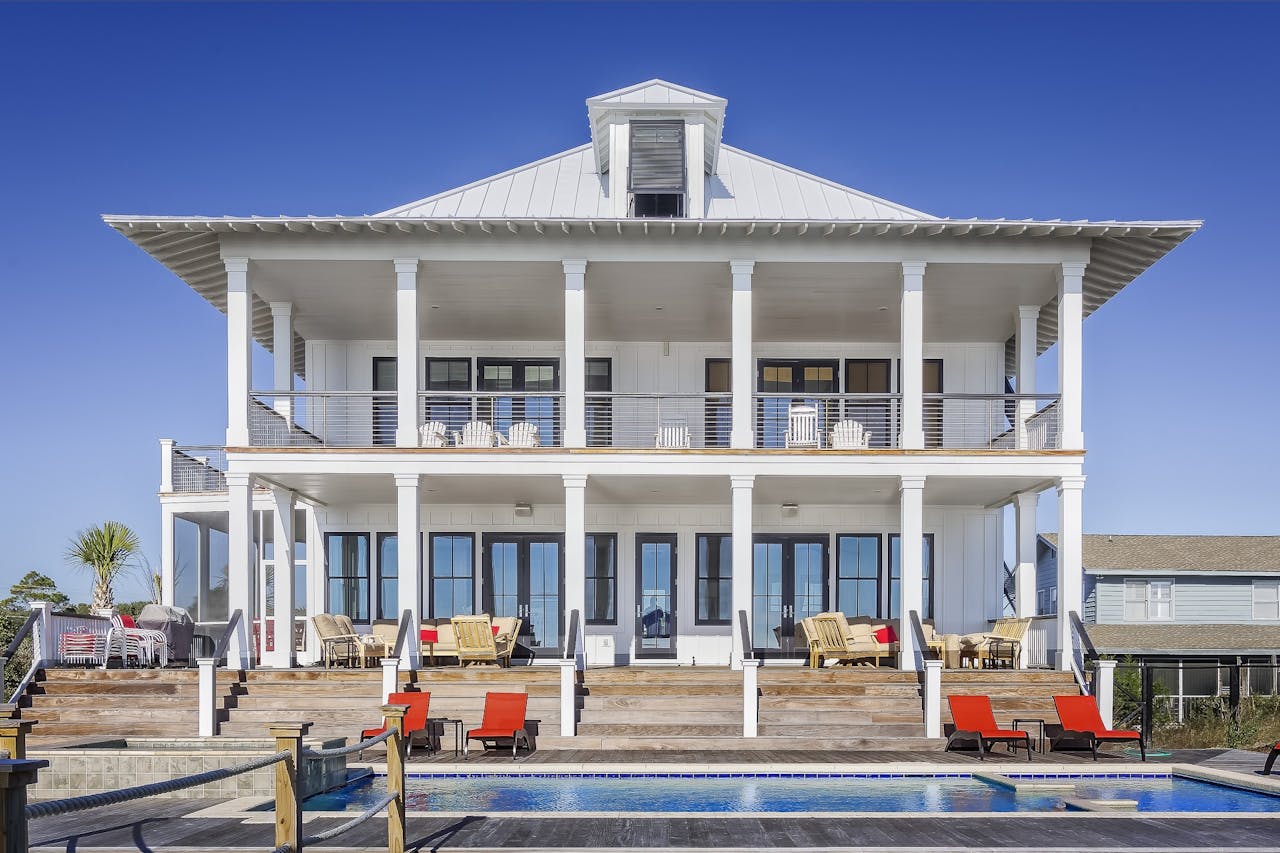
A hipped dormer, also known as a hip roof dormer, has a roof with three sloping sides. Each sloping plane rises from each side of the dormer, meeting at the ridge, hence its name–hip roof dormer.
In a way, hipped dormers look like bay windows, forming a pyramidal structure, except that they protrude outwards from the roof, not the wall.
These dormers excel at ventilation because they can have multiple windows instead of one. This also means that hipped dormers let in more natural light. Moreover, they can also significantly enhance curb appeal and add character, being perfect for French, ranch-style, or Mediterranean homes.
Common window choices for hipped dormers include casement windows for modern homes with elegant styles and double-hung windows for traditional architectural styles, allowing homeowners to match their dormers with their home’s architecture.
Eyebrow Dormers
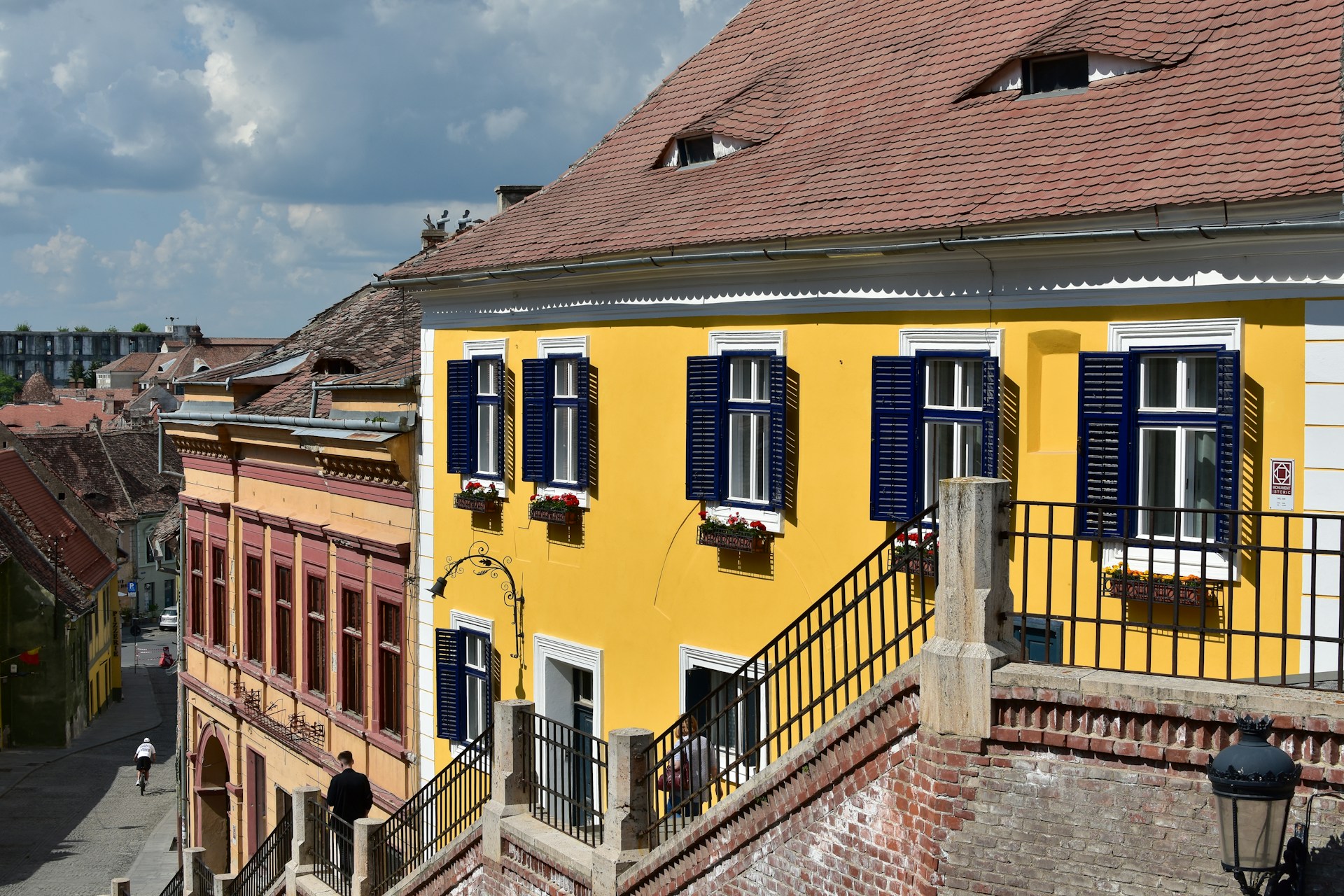

An eyebrow dormer window is undoubtedly the most charming item on our list! It is also called an eyelid dormer. Why? Because, as illustrated in the photo above, it has a curved roof with no sides. The roof covering creates a flattened bell curve, making the dormer look like an eye peeking from the house!
Eyebrow dormer windows are usually small. They are installed for decorative purposes, as well as to let natural light in. They do not provide too much extra space inside, but can certainly enhance both the attic's design and the home's curb appeal!
These dormers are primarily used in historic, cottage, or Tudor homes. The window is typically a half-moon window, which fits the eyelid form.
Flat Roof Dormers


Flat roof dormers are similar to shed dormers–they have a single flat plane. However, unlike shed dormers, whose roofs are sloped in the same direction as the main roof, the roof of a flat roof dormer is horizontal. In some cases, it is only slightly inclined to allow water to run off.
Flat roof dormers are praised for their minimalist design. They are commonly installed in minimalist homes that prioritize clean, straight lines and an uncluttered design. Plus, since they have a relatively simple structure, flat roof dormers are more budget-friendly than other dormer types.
Wall Dormers
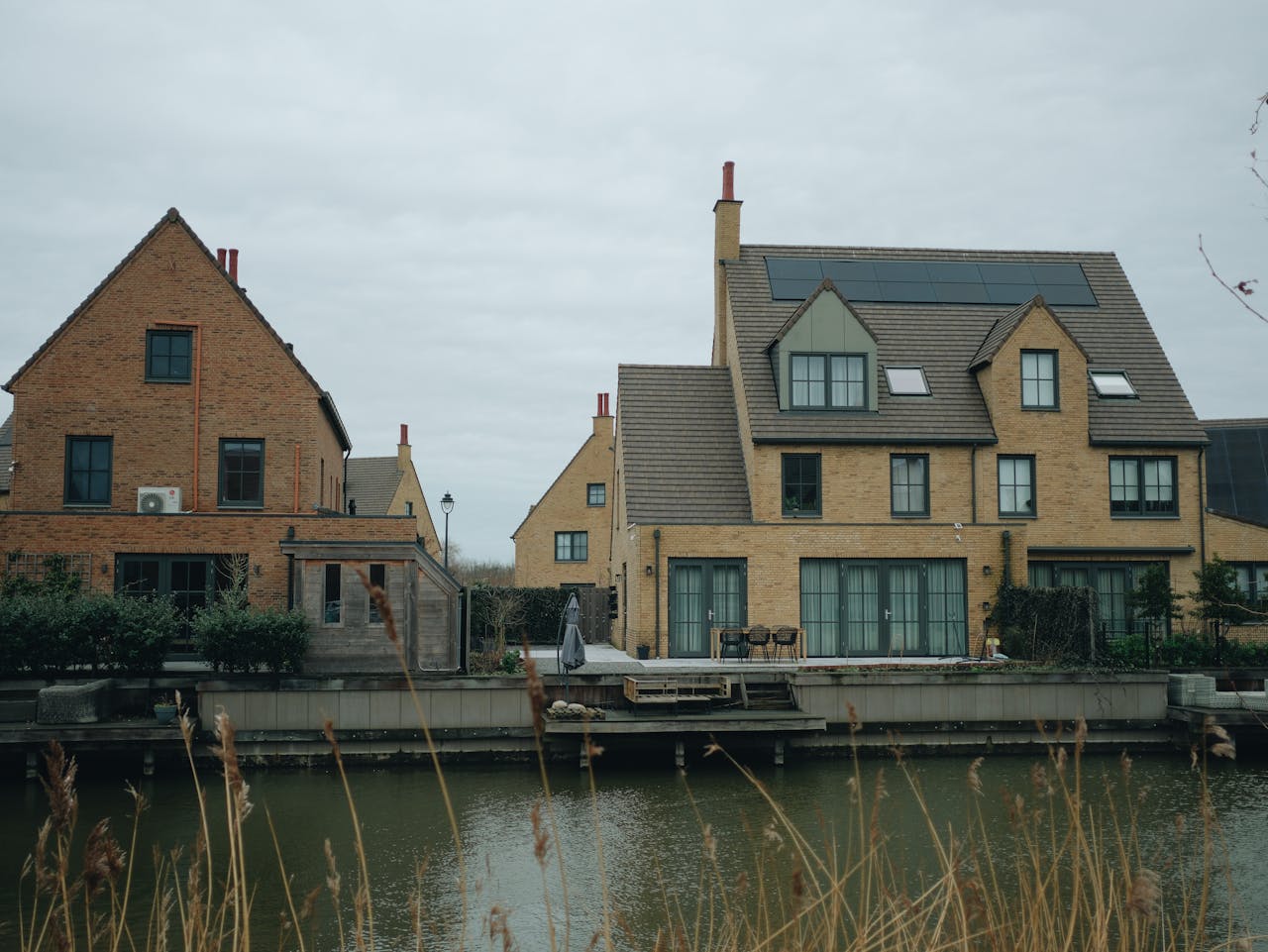
Wall dormers, just as their name suggests, connect the roof to the wall: half of the structure is on the roof and the other half is on the wall. In other words, the face of the dormer is a continuation of the wall, adding space in the attic.
These dormers are favored for the fact that they significantly change the house's exterior, serving as focal points on the facade.
Bonneted Dormer
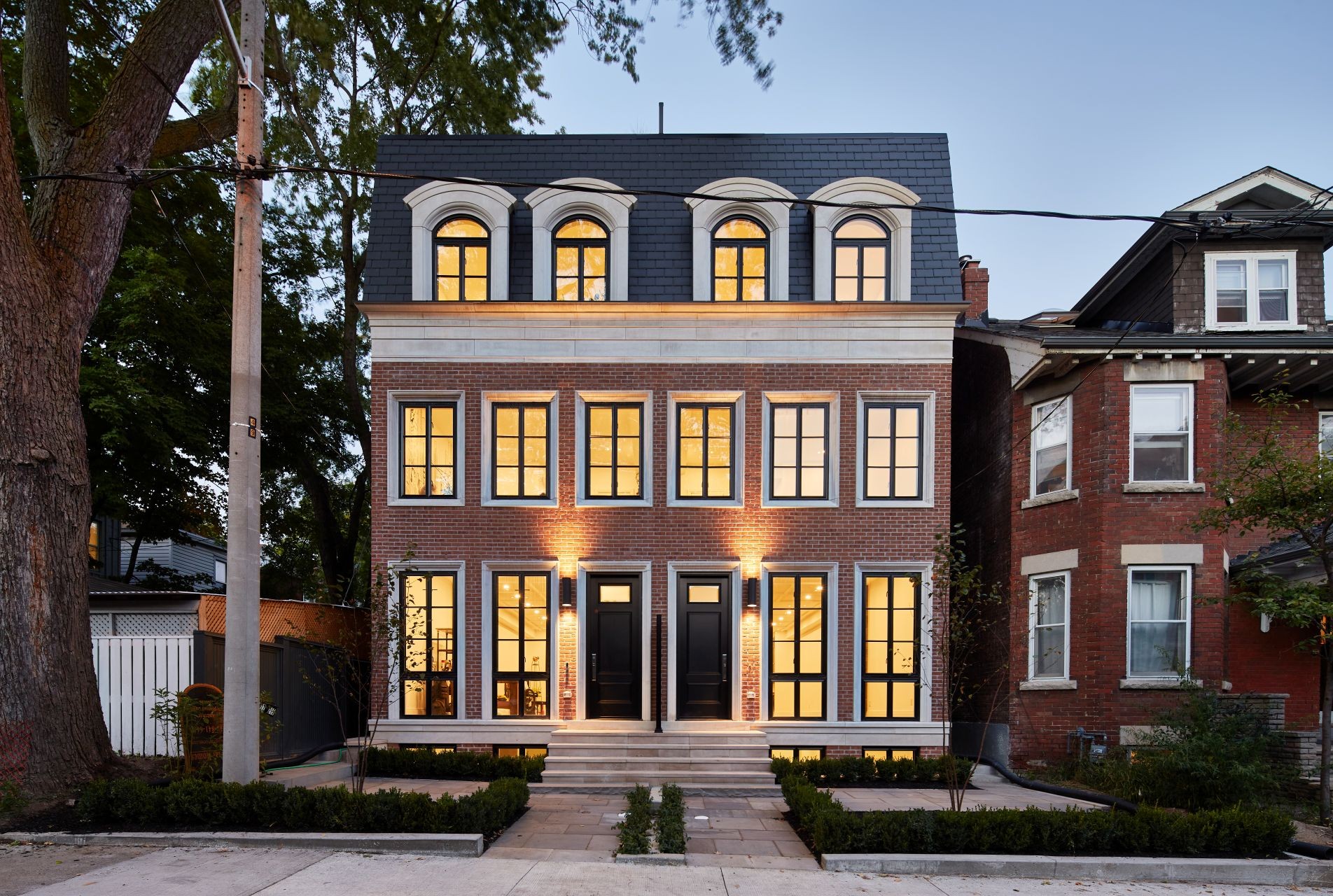
A bonneted dormer is an arched roof dormer featuring a rounded shape at the top. It is typically installed in Victorian homes, where its gentle arch adds elegance to the facade.
The window in a bonneted dormer is typically quite large, so it provides plenty of natural light and ventilation. However, this dormer window may be more expensive because of the unique window shape.
Nantucket Dormers
Nantucket dormers consist of two gable dormers, which are connected by a shed dormer. This is a unique structure preferred for attics that require a lot of space, natural light, and ventilation. However, this three-in-one dormer structure is also more expensive.
False Dormers

False dormers are also known as blind dormers. They serve only for visual interest. False dormers don't have windows, so they provide no light or ventilation. Sometimes, they don't even provide more space in the attic.
Pros and Cons of Dormer Windows
Still deciding if dormers are right for your home? Weigh the ups and downs!
Pros:
- They bring natural light and ventilation to attic spaces.
- They add usable square footage.
- They boost curb appeal and architectural interest.
- They increase home value (you can potentially increase your home's resale value by $4,000 to $5,000 if you install dormer windows).
Cons:
- They can be expensive to build and maintain.
- They may require structural modifications and building permits.
- They are prone to leaks if improperly installed.
- Their installation can disrupt daily life.
- They cannot be installed in all houses.
Best Window Types for Dormer Windows
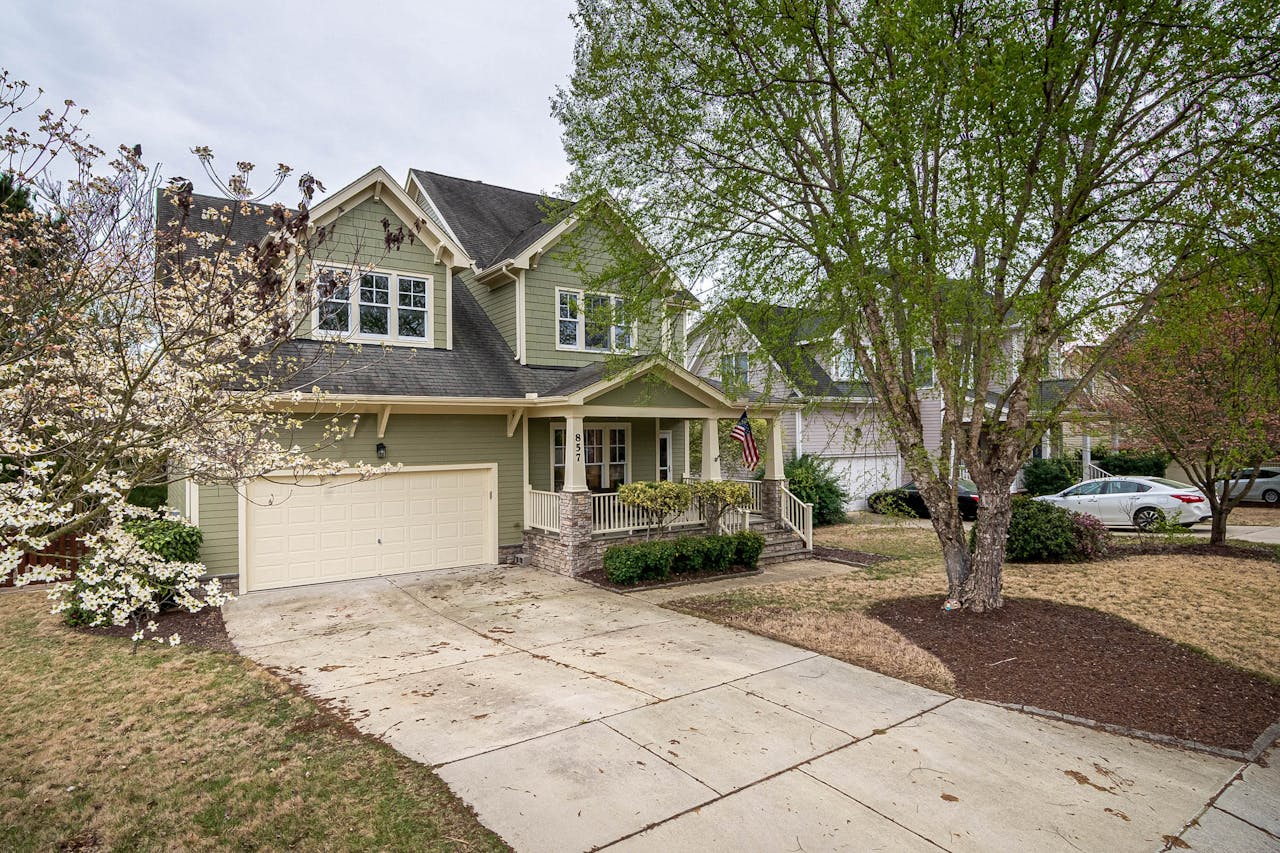
Are you 100% sure you want to install dormer windows? Very well! The next step is choosing the window style.
Picking the right type of window for your dormer is just as important as picking the dormer style itself. The window you select can impact ventilation, lighting, aesthetics, and even energy efficiency.
In the following sections, we'll provide some details about the most popular and practical window types used in dormer installations.
Hung Windows
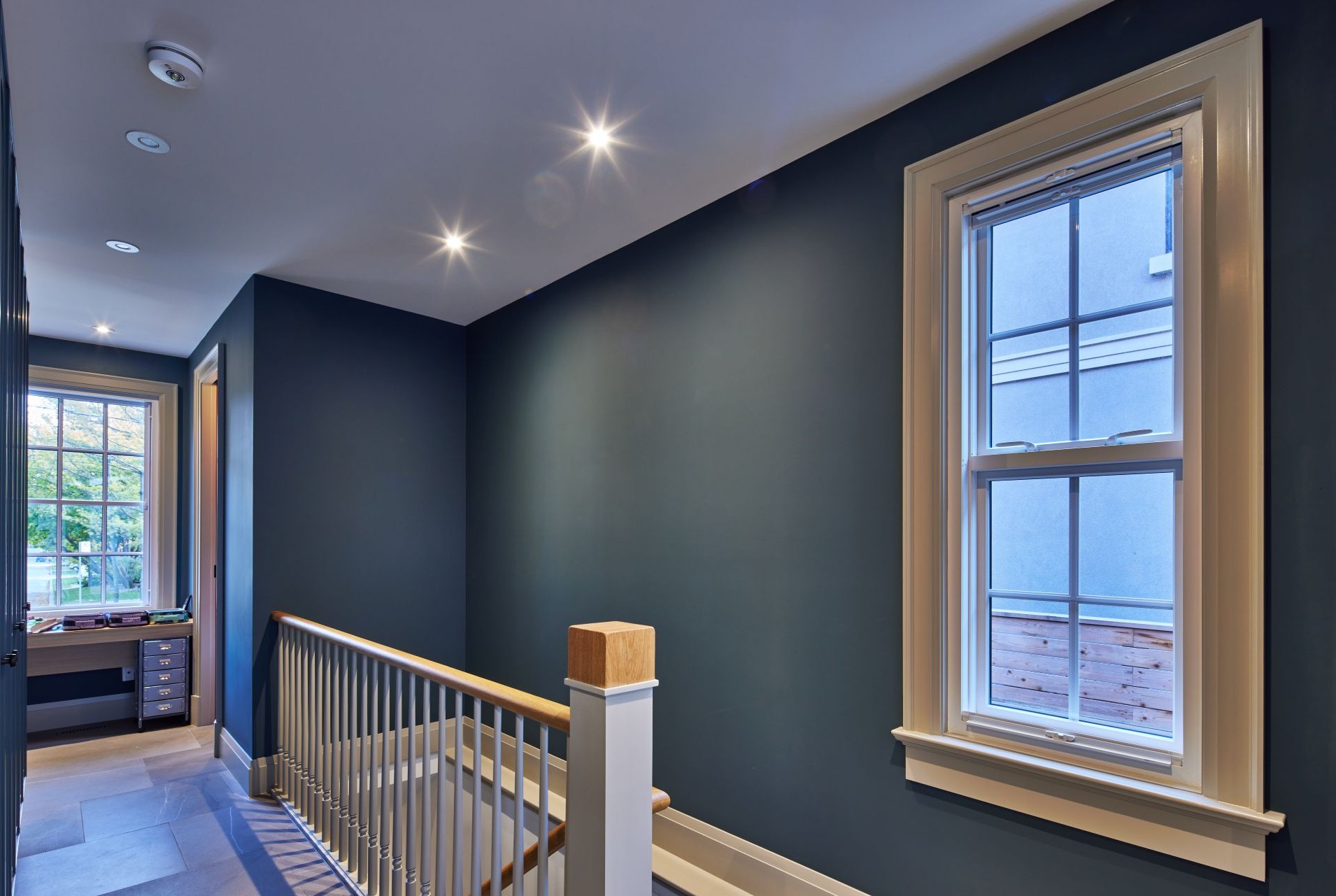
Hung windows are a classic choice for dormers, especially in traditional and Colonial-style homes. In double-hung windows, both the upper and lower sashes move, allowing for flexible ventilation. In single-hung windows, only the upper sash is operable.
These windows are easy to clean and maintain and are available in a wide range of sizes and materials.
Best for: gabled and hipped dormers in classic or historic homes.
Casement Windows
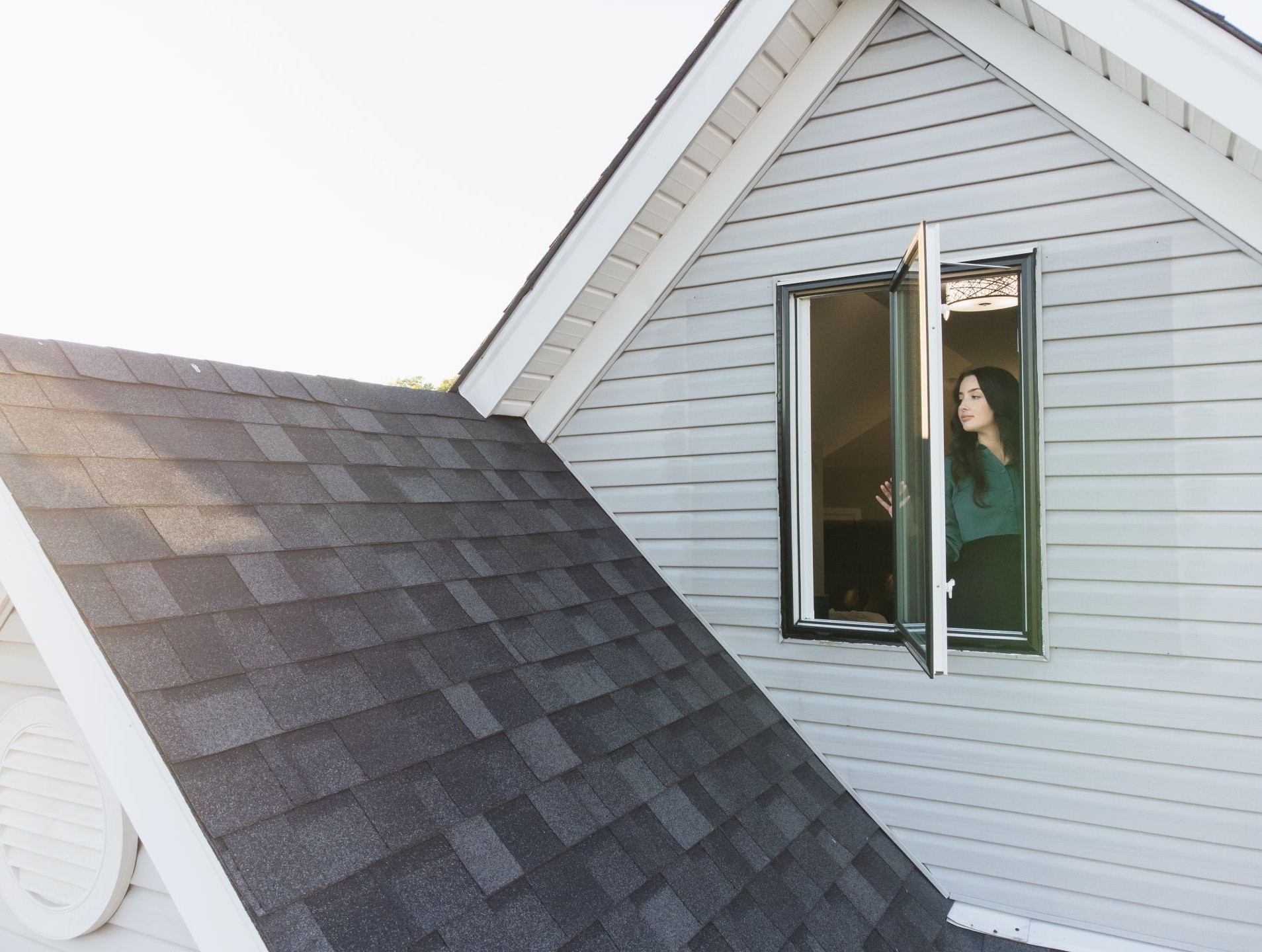
Casement windows are hinged on the side. They are usually operated by a crank that allows you to open them outwards like a door. This opening mechanism allows for a tight seal when the window is closed, which improves energy efficiency.
These windows are perfect for ventilation and have a clean, modern look. They are also ideal for narrow dormers and provide unobstructed views. A square casement window, installed between two smaller, fixed windows, can also pair well with an eyebrow dormer.
Best for: shed, flat roof, and eyebrow dormer designs.
Awning Windows
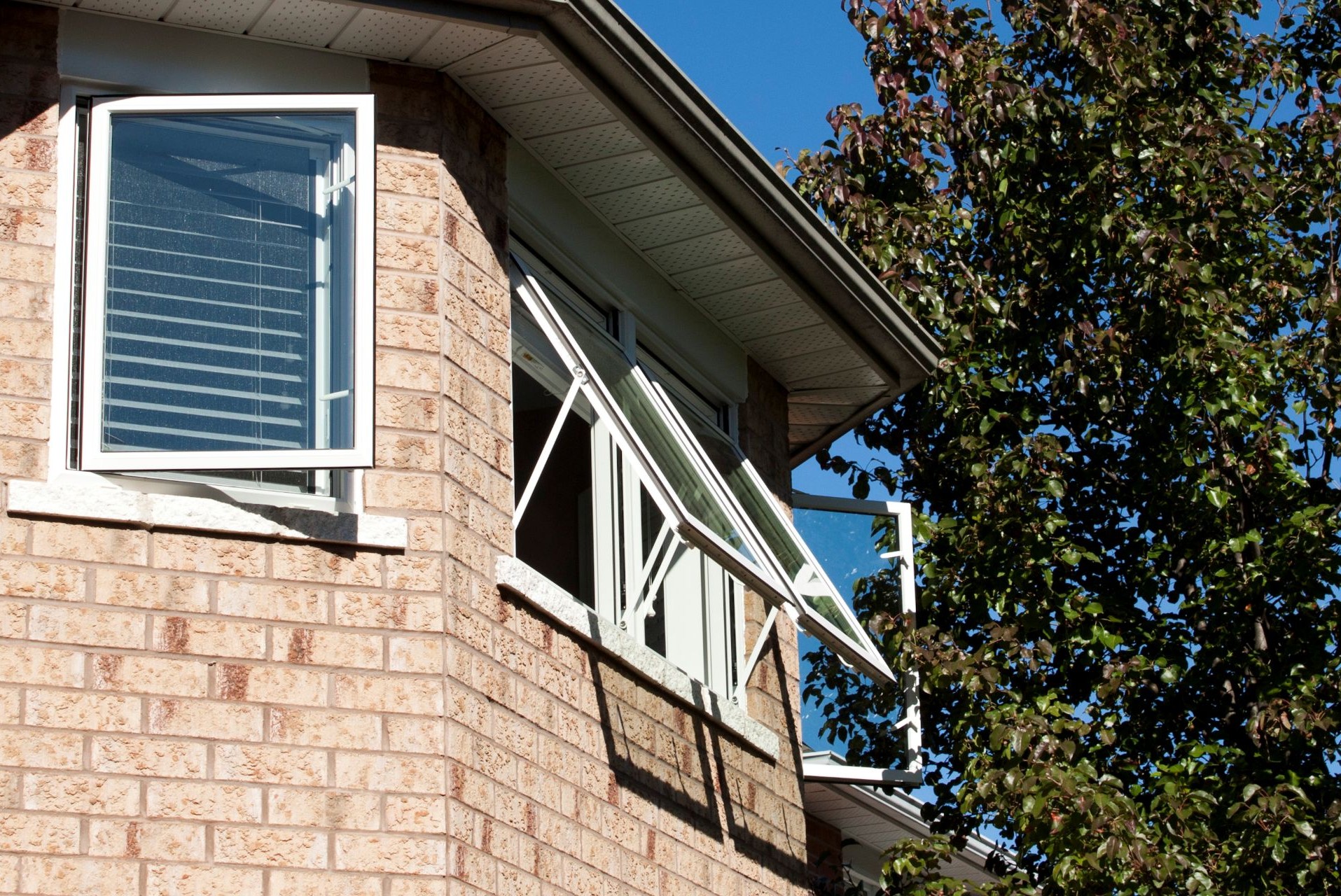
Awning windows are hinged at the top and open outwards from the bottom, offering good ventilation even during light rain.
Even though awning windows are smaller in size, they are highly functional, being perfect for adding ventilation without compromising weather protection.
Best for: smaller or decorative dormers like eyebrow dormers or bonneted dormers.
Dormer Window Installation Considerations
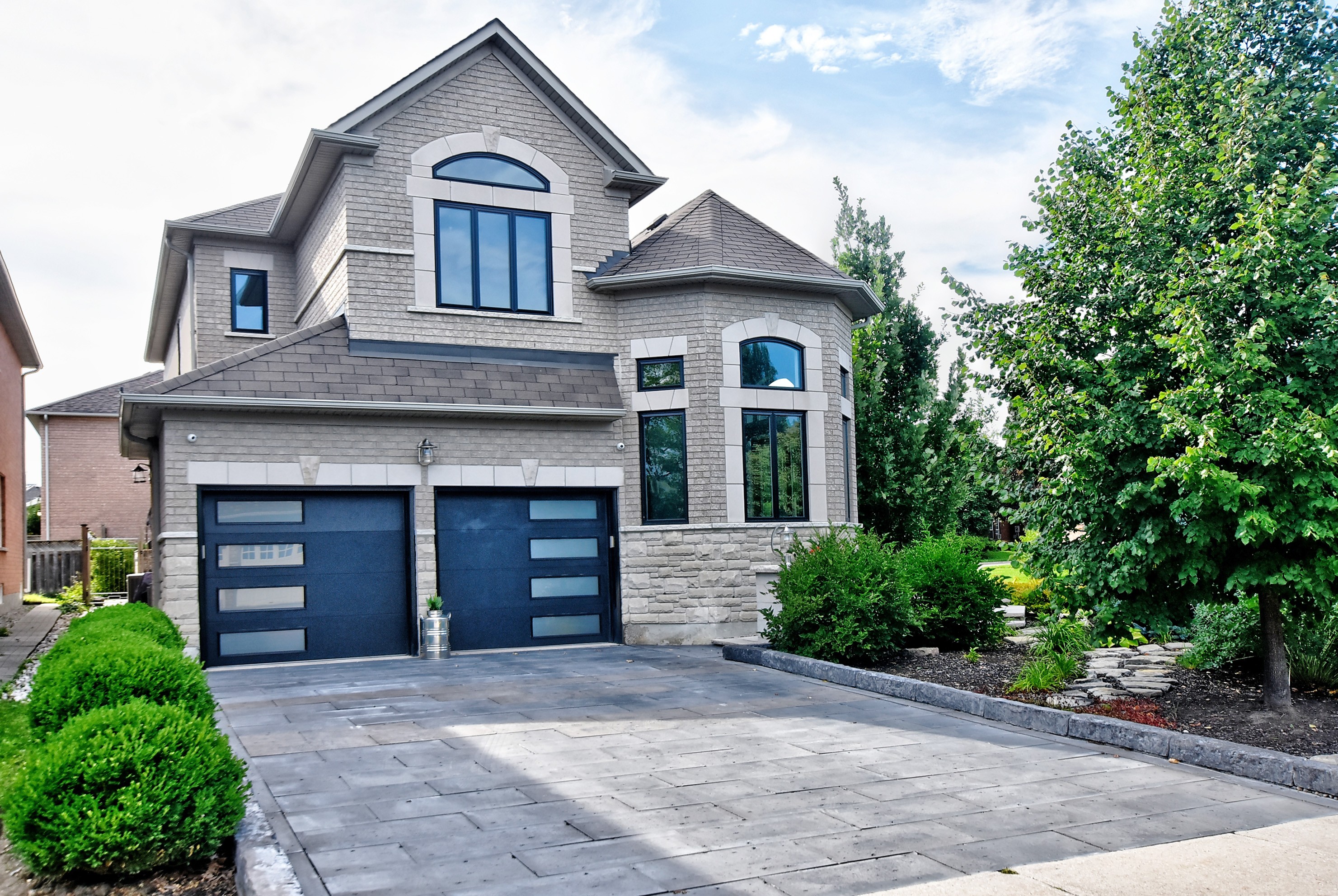
Adding dormer windows can transform a dark attic into a sunlit retreat — but before the hammer hits the roof, there are a few things to think through:
- Structural impact. Dormers alter your roofline, so your home’s existing structure needs to support the change. A structural engineer may need to assess this.
- Building permits & codes. Most locations require a permit for dormer installations. Local zoning laws may also dictate size and placement.
- Roof slope compatibility. Dormers work best with steeper roof pitches. Low-pitched roofs may limit your options.
- Weatherproofing. Poor flashing or sealing can lead to leaks. In this case, it's paramount to invest in professional installation, which ensures durability against rain, snow, and wind.
- Interior design planning. Think about how the dormer will affect interior layout — it could open space for a reading nook, desk, or cozy bedroom corner.
How Much Does It Cost to Install a Dormer Window
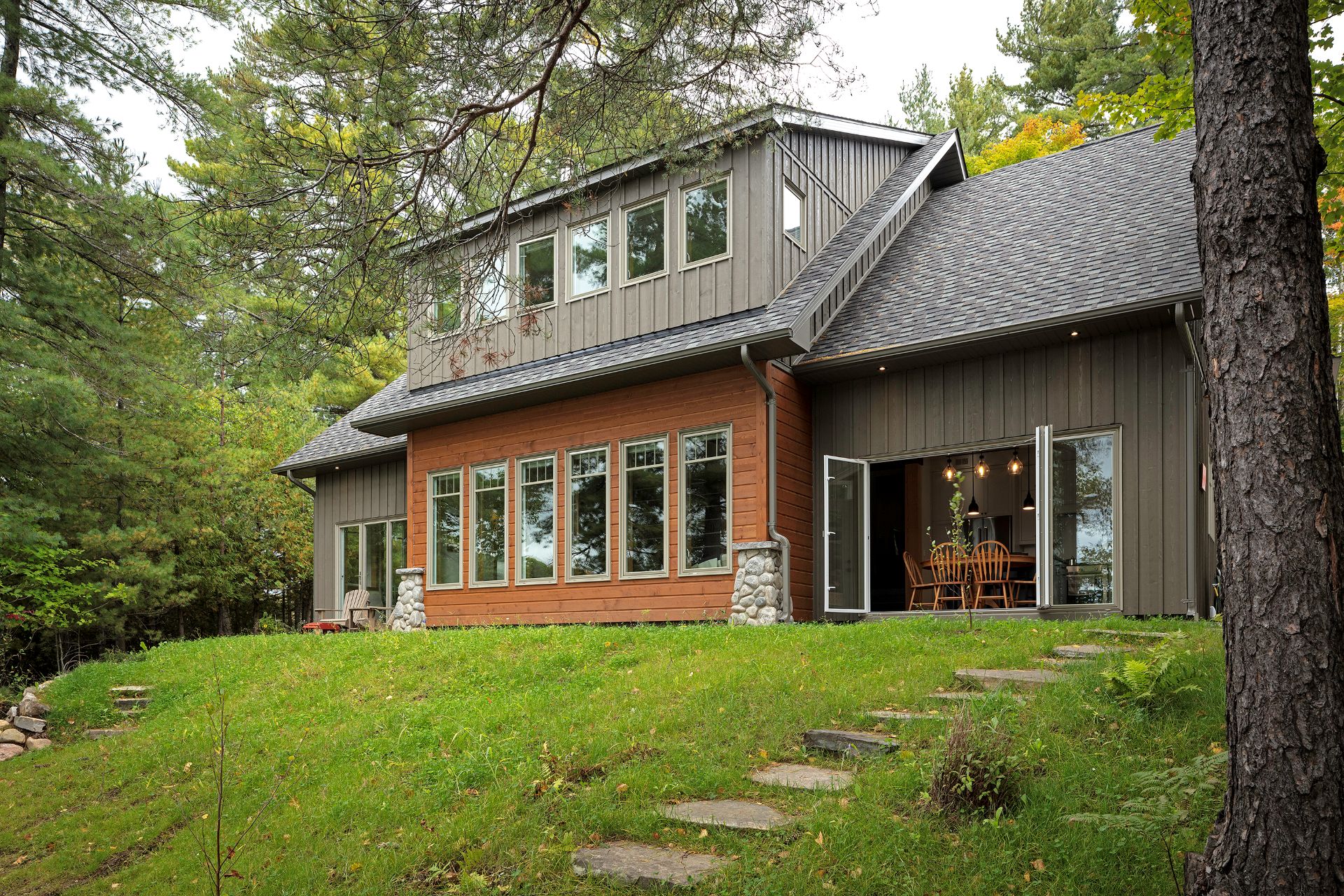
The price of dormer window installation varies widely depending on style, size, and materials. Here’s a general breakdown:
- Average cost: $4,000-$12,000 per dormer
- Smaller shed dormers: $2,500-$5,000
- Larger gable or hipped dormers: $7,000-$20,000+
- Building permits: $400-$2,000
- Roof repairs: $400-$1,300 per square of roofing material
- Factors affecting cost:
- Complexity of roof alterations
- Labor rates in your area
- Custom vs. prefab dormers
- Materials used (wood, vinyl, fiberglass)
- Finishing the interior space
Labor costs also play a significant role in the overall expenses, with rates ranging from $60 to $160 per hour, depending on the contractor’s qualifications. Foundation reinforcement, if needed, can add $4,500 to $12,500 to the total cost.
Furthermore, don't forget that you need to install a window in your dormer structure, which further influences the final price. Casement windows, for instance, are more expensive than double-hung windows. Moreover, the size and the shape of the window, as well as its frame materials and glazing options, greatly influence the price.
Popular Home Styles Featuring Dormer Windows
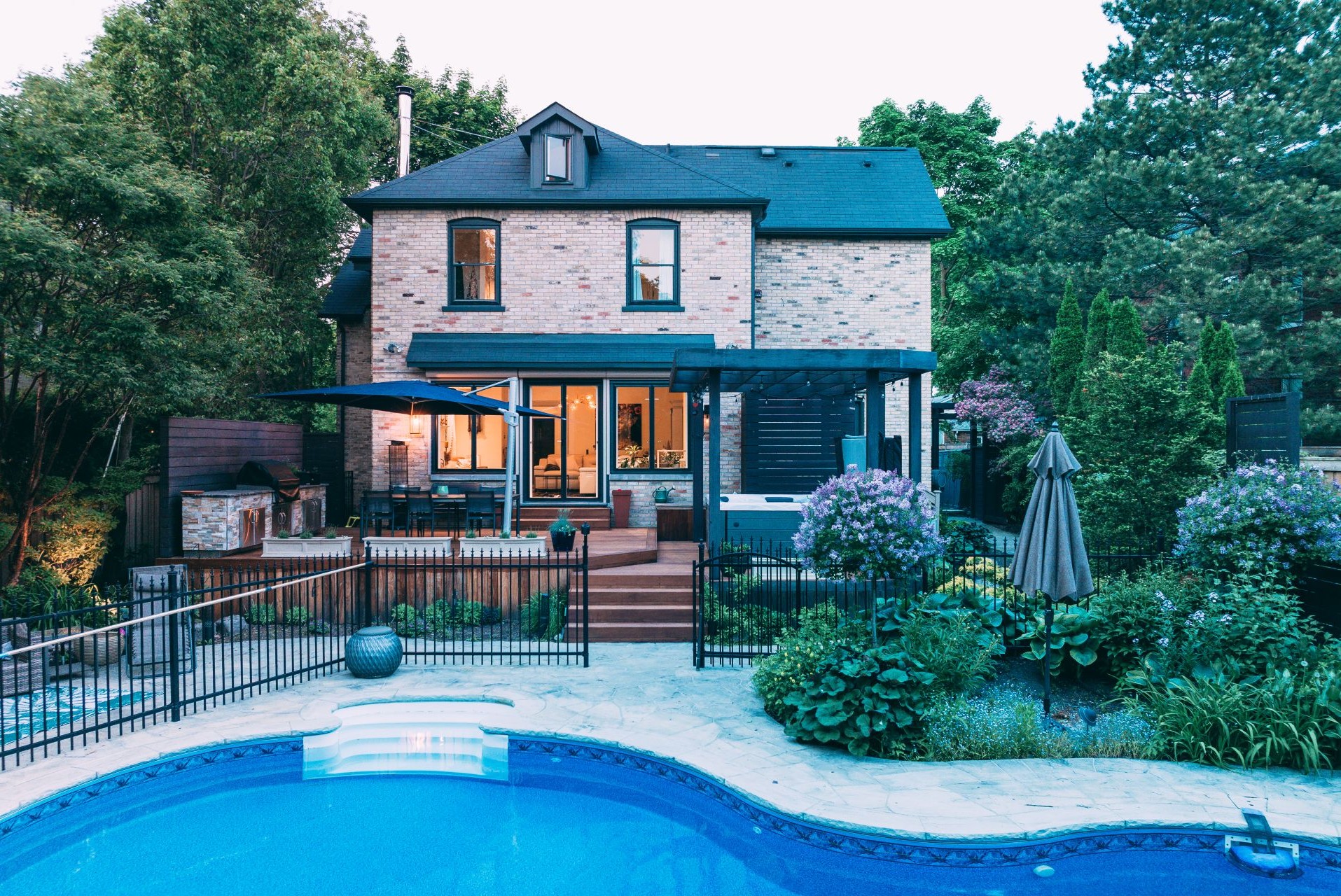
Luckily, dormer windows can be easily incorporated into different architectural styles! Here are the most common ones:
- Cape Cod: iconic for its steep roof and symmetrical dormers, often gable-style.
- Colonial revival: features elegant, balanced dormers to accent a classic roofline.
- Craftsman bungalow: often showcases shed dormers to increase headroom without overpowering the roof.
- Victorian: uses ornate eyebrow or arched dormers for decorative flair.
- Modern farmhouse: combines clean lines with dormers for rustic charm and added light.
Maintenance Tips for Dormer Windows
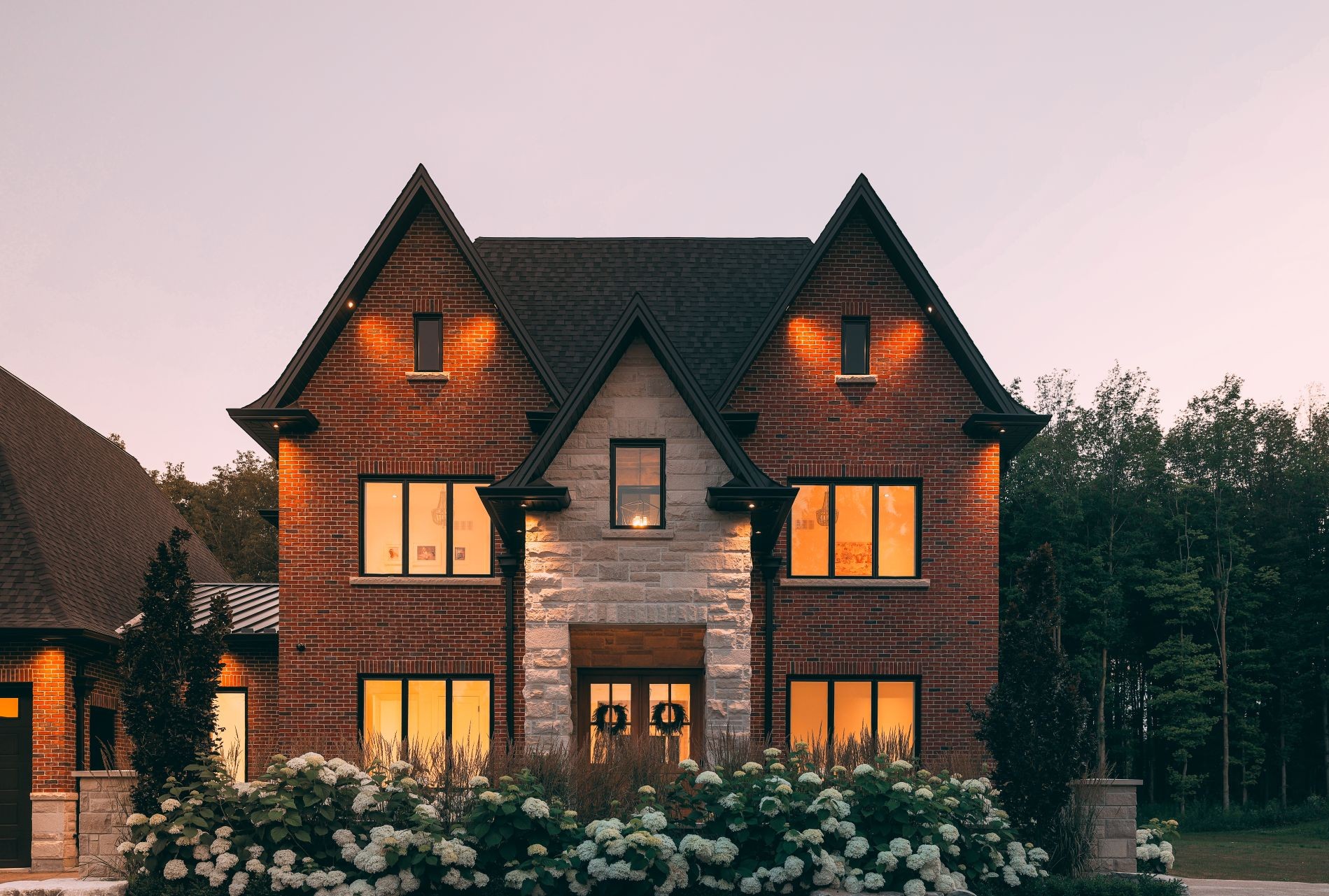
Keeping your dormers in shape ensures they stay beautiful and leak-free. Here’s how to maintain them:
- Inspect flashing annually: check around the dormer base for cracks — key to preventing water intrusion.
- Clean gutters nearby: blocked gutters can cause water to pool around the dormer.
- Touch up paint and caulk: keep exterior surfaces sealed and protected from weather.
- Check for leaks: water stains on the ceiling near a dormer are a red flag.
- Maintain the roof: missing shingles near dormers should be repaired quickly to prevent damage.
Interior Dormer Window Ideas: How to Use the Extra Space
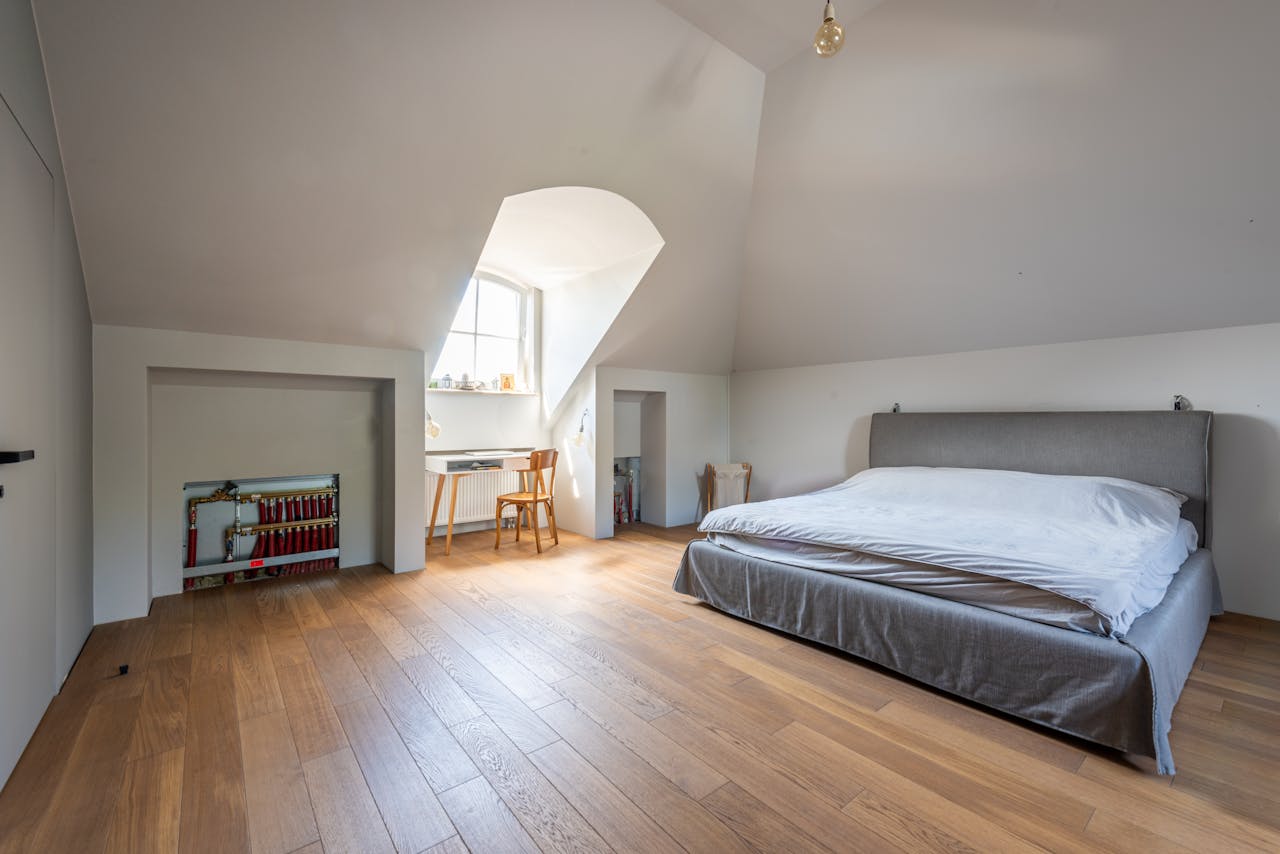
Dormers don’t just change your roofline—they create unique interior nooks that can be put to good use! Here's how you can use that extra floor space:
- Build a reading nook. Add a bench seat, cushions, and a small bookshelf for a cozy retreat.
- Use it as desk space. Dormer alcoves make perfect spots for a writing desk or home office setup.
- Create a built-in storage space. Custom shelving or drawers below the window can maximize space in small rooms.
- Style it with window seating. A cushioned bench with storage underneath can be both functional and stylish.
These features not only enhance comfort but can also increase the resale value of your home!
Can't Choose a Window Design? Contact Magic!
If you want to install a dormer window but can't seem to pick a design or window style, Magic experts can take this burden off your shoulders! We can work with almost any shape, size, and preference! Plus, our windows feature the most innovative technologies in Canada, being engineered to withstand the climate in your region.
Ready to take the next step? Here are three easy ways to contact us:
- Call Magic at (647) 931-4809.
- Request a free quote through our online form.
- Send an email to [email protected] to book a free in-home consultation.
Frequently Asked Questions
What is the difference between a dormer and a gable window?
A dormer is a roofed structure that projects from a sloped roof and contains a window, while a gable window is simply a window placed in the vertical wall of a gable end. Dormers extend outwards from the roof, adding space and light, whereas gable windows do not.
Why are they called dormer windows?
The term "dormer" comes from the Middle French word dormeor, meaning sleeping room, as these windows were traditionally used to bring light and ventilation into attic bedrooms.
What are the disadvantages of dormer windows?
Disadvantages of dormer windows include: dormer windows can be expensive to build and install, may require structural modifications and permits, and are prone to leaks if not properly installed.
What is the difference between a dormer and a mansard?
A dormer is a small structure with a window that projects from a sloped roof, while a mansard is a large structure with nearly vertical walls and a flat roof.
What types of dormer windows are available?
There are several types of dormer windows, including gabled, shed, hipped, eyebrow, and flat roof dormers, each providing distinct advantages and enhancing the overall aesthetics of a structure.